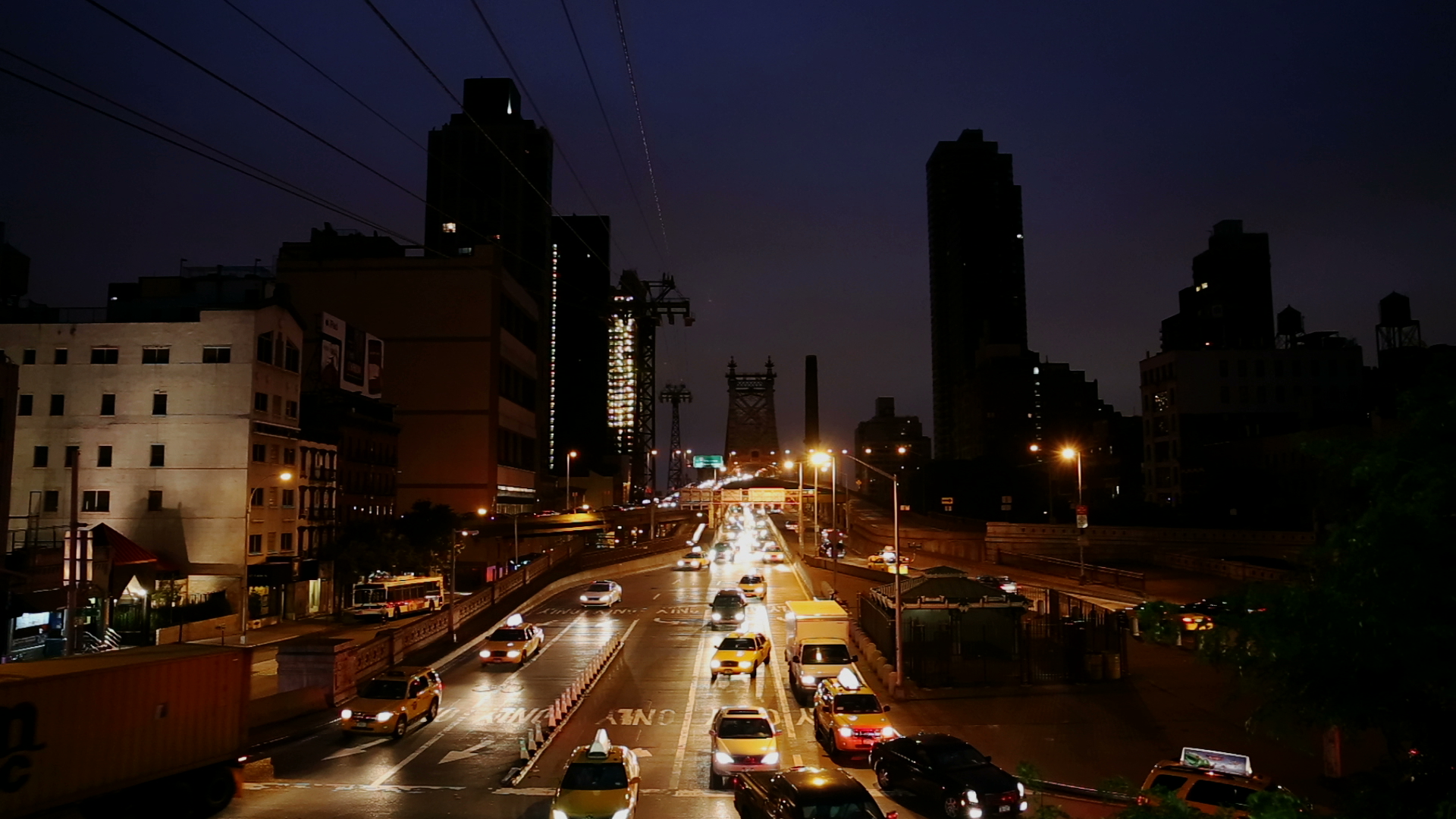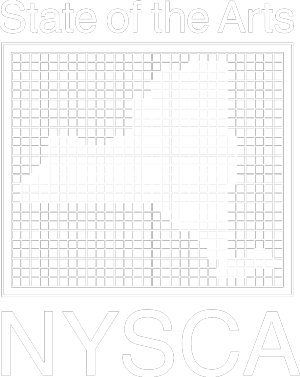This seems like a very New York story. How does it relate to the rest of the country?

Over 37% of New York City’s population is foreign born (an all-time high, nearly three times the national average), and over 22% of its workers belong to unions (this number is declining, though it’s now about double the national average). The labor of immigrants, including the undocumented, is without a doubt indispensable to the city’s economy. In the case of the workers in The Hand That Feeds, New York State’s Wage Theft Prevention Act of 2011 actually became an organizing tool that helped them to conduct their campaign, which eventually resulted in not only better wages but also in structural changes giving the workers more voice and dignity on the job. So in a sense, NYC is a place that is “friendly” to both immigrants and labor unions, and the campaign in the story was made possible in part by New York State law.
But the story of The Hand That Feeds is part of a larger national movement, and it gets at the heart of what’s happening with jobs all over America. Since 2008, the U.S. economy is turning middle income jobs into low income jobs at alarming rates, and the low-wage service sector, including food service, is among the fastest growing in the nation. Wage theft and the other issues faced by the workers in the film are widespread around the country— for all workers in these industries, regardless of immigration status.
Change is happening too, though. A recent paper from United Workers Congress shows that the rise of workers centers marks the cutting edge of a growing social movement that has helped push the conversation about low wage labor from the margins to the forefront of national debate. At the same time, the fast food strikes that began in New York in late 2012 (soon after the workers in The Hand That Feeds won their contract) have spread all around the country and even internationally as workers demand $15 an hour and the right to form a union without intimidation.
Because labor laws vary, some organizing tactics or specific goals for change may vary from state to state. But stories like the one in the film are happening all over America. To find out what’s happening in your area, check out our interactive map Changing the Food Chain










